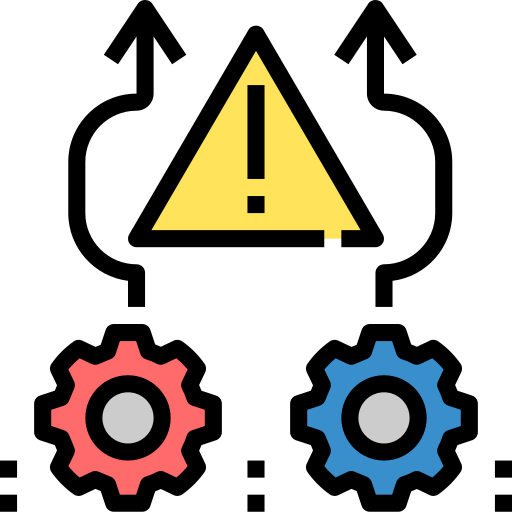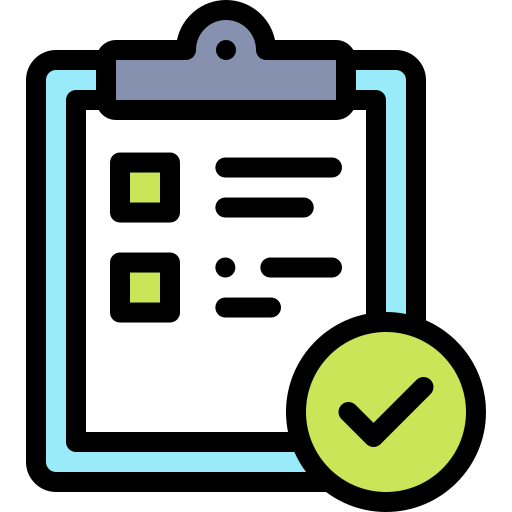How to Create Quality True or False Choice Questions
True or False questions are a common type of assessment tool used in various educational and professional settings. While they may seem straightforward, crafting effective True or False questions requires careful consideration to ensure accuracy and reliability. This document aims to provide guidelines for writing high-quality True or False test questions that effectively assess knowledge and understanding.
Ensure Statements are Clear and Concise
- Each True or False statement should be easily understood without ambiguity.
- Avoid using complex language or double negatives that could confuse the test taker.
Base Statements on Factual Information:
- True or False statements should be based on verifiable facts or concepts from the subject matter.
- Avoid opinions, interpretations, or subjective statements.
Avoid Absolute Terms:
- Statements containing absolute terms like "always," "never," or "every" are often indicative of false statements.
- Use qualifiers such as "usually," "often," or "most" to make statements more nuanced and accurate.
Ensure Statements are Objective:
- True or False statements should be objective and free from bias.
- Avoid including statements that may be culturally or socially sensitive
Maintain Balance:
- Aim for an equal distribution of True and False statements throughout the test.
- Avoid patterns or sequences that may inadvertently guide test takers to the correct answer.
Avoid Clues in Surrounding Questions:
- Ensure that True or False statements are not influenced by preceding or following questions.
- Each statement should stand alone and be assessed independently.
Tips for Enhancing True or False Test Questions
Incorporate Higher-Level Thinking:
1. Design statements that require critical thinking rather than simple recall.
2. Challenge test takers to analyze, evaluate, or apply concepts in determining the accuracy of statements.
Provide Some Context:
1. When appropriate, include context or background information to aid understanding.
2. Contextual clues can help test takers make informed judgments about the validity of statements.
Review for Accuracy:
1. Thoroughly review True or False statements for accuracy and correctness.
2. Verify facts and ensure statements align with the intended learning objectives.
Pilot and Feedback:
1. Before finalizing True or False questions, pilot test them with a sample group to identify any ambiguities or inaccuracies.
2. Use feedback from pilot testing to refine and improve the questions.





